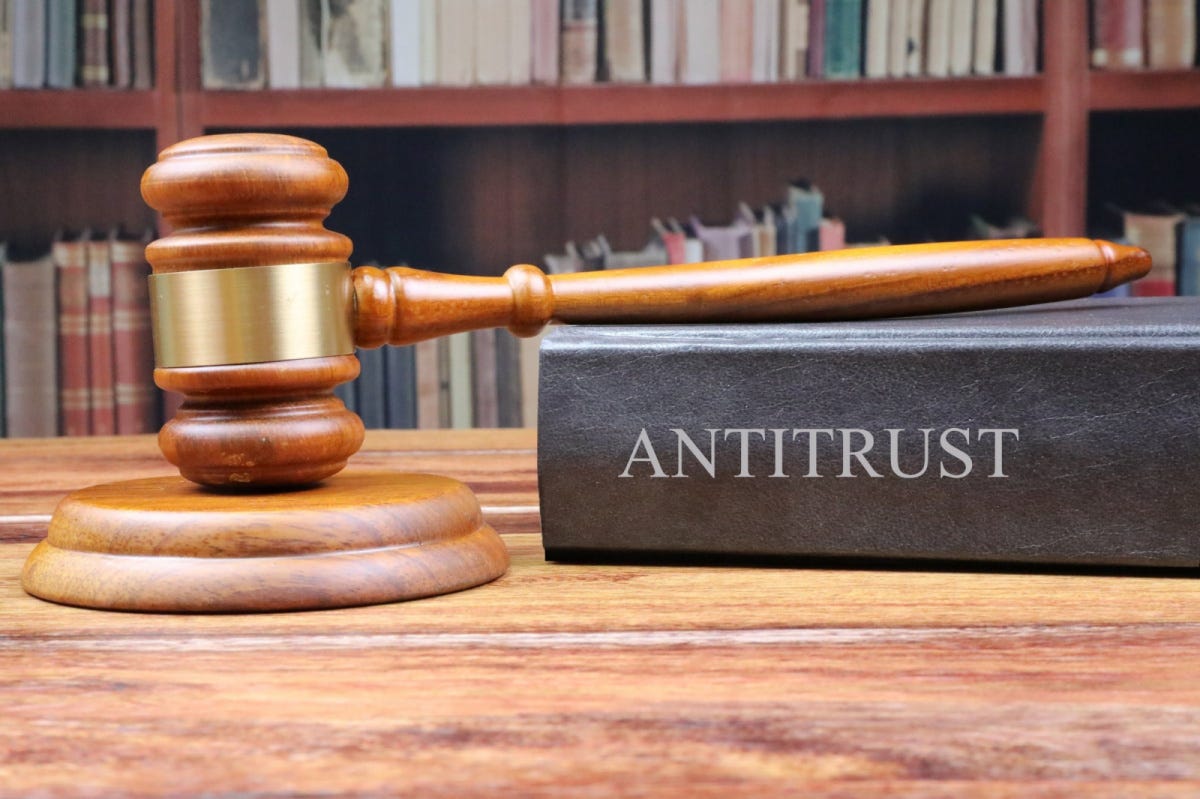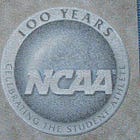NCAA sued by seven states on transfer portal rules
Newest lawsuit is the latest in a long line of antitrust litigation against the NCAA

The NCAA is once again under liturgical fire after seven states, led by Ohio Attorney General Dave Yost, filed an antitrust suit against the college sports governing board, December 7.
The lawsuit is the latest in a long line of antitrust suits brought against the NCAA, but is the first to focus solely on the practice of the transfer portal.
What is the suit about?
According to Yost’s office, the lawsuit challenges “the NCAA’s transfer eligibility rule as an illegal restraint on college athlete’s ability to market their labor and control their education.”
There’s been a lot of discourse about the NCAA’s new undergraduate transfer rules adopted in January 2023, which only allows one free transfer for undergraduate players. Student-athletes that transfer twice as an undergraduate will lose one year of athletic eligibility as they earn residency at their new school, similar to the rules prior to the portal era’s onset in 2018. These new rules became the main catalyst of the #FreeTez movement this season, where fans of the sport rallied behind North Carolina wide receiver Tez Walker’s eligibility case against the NCAA.
The news of this lawsuit comes six weeks after Yost penned a letter to the NCAA challenging their ruling of Cincinnati basketball player Aziz Bandaogo as ineligible. Bandaogo, like Walker, submitted evidence of mental health concerns that led to his transfer, as well as transferring after his coach left his previous program at Utah Valley.
In Yost’s press release about the lawsuit, he does mention that Bandaogo has been cleared to play by the NCAA, but goes on to say “the rule continues to hold back uncounted other college athletes.”
Yost went on to, hilariously, suggest “The ‘AA’ in NCAA might as well stand for ‘arbitrary and atrocious.’”
Ohio was joined in the lawsuit the attorneys general of Colorado, Illinois, New York, North Carolina, Tennessee, and West Virginia. The suit was filed in the US District Court of the Northern District of West Virginia.
What even is antitrust law?
Antitrust laws, broadly speaking, are designed to “preserve free and unfettered as the rule of trade,” as defined in the Sherman Act of 1890.
The Sherman Act is the main legislation that governs antitrust law. It outlaws restraint of trade and monopolies. It is important to note that the Sherman Act doesn’t explicitly prohibit all restraints of trade, but only those deemed unreasonable by the courts.
What would be unreasonable? Well, most of sports. For example, a salary cap limits potential earnings to keep salaries in line for businesses, which restricts trade. A draft prohibits athletes from choosing their preferred place to work, which restricts the market by only allowing certain players to choose their next home. So how are these allowed? Collective bargaining agreements shield antitrust challenges so these practices can continue and sports can remain competitive on the field.
College athletics, though, doesn’t have a CBA. That opens the NCAA up for a suit like the one they’re facing currently, especially in Section 1 cases.
Section 1 of the Sherman Act is the biggest problem for the NCAA. Section 1 prohibits a concerted action that unreasonably restrains trade in a relevant manner. These “unnecessary” actions include nationwide media contracts, territorial rights, a reverse order draft, and the old reserve clause in baseball.
The NCAA has struggled in the past with Section 1 violations, such as in NCAA v. University of Oklahoma Board of Regents (1984), O’Bannon v. NCAA (2015), and Alston v. NCAA (2021). In each of those cases, the NCAA was defeated. In Board of Regents, the court said the NCAA cannot negotiate a nationwide television contract or limit the amount of games a program can be on TV. The O’Bannon ruling prohibited the NCAA from using the publicity rights of their student-athletes without authorization and enforced any usage of those rights had to be paid into a trust for the athlete, paid out on graduation. Finally, the recent Alston ruling prohibited the NCAA from barring student-athletes from additional financial educational payments.
How does this shake out?
I talked to a sports attorney to find out that answer. He believes that the NCAA is going to have a hard time in this case.
He directly pointed to the Supreme Court’s decision in Alston, which ruled 9-0 against the NCAA. He also believes that Justice Kavanaugh’s concurrent opinion shows that the NCAA has a massive uphill climb in any antitrust suit brought to the current court.
Kavanaugh’s opinion is perhaps the most pointed, direct criticism of the NCAA out there. While the concurrence focuses mostly on athlete compensation, we can see that Kavanaugh, and likely the court, believe that the NCAA engages in several noncompetitive practices. Kavanaugh also points to Radovich v. National Football League (1957), which shows that the NCAA does not have an antitrust exemption that would allow these noncompetitive practices.
One particular section of Kavanaugh’s opinion stood out to me when I reviewed it. This section, on page 3 of his opinion, talks about the circular reasoning around the NCAA’s amateurism claim in relation to paying their athletes. Kavanaugh states:
All the restaurants in a region cannot come together to cut cooks’ wages on the theory that “customers prefer” to eat food from low-paid cooks. Law firms cannot conspire to cabin lawyers’ salaries in the name of providing legal services out of a “love of the law.” Hospitals cannot agree to cap nurses’ income in order to create a “purer” form of helping the sick. News organizations cannot join forces to curtail pay to reporters to preserve a “tradition” of public-minded journalism. Movie studios cannot collude to slash benefits to camera crews to kindle a “spirit of amateurism” in Hollywood.
Yes, Kavanaugh is talking about compensation, but we can apply that same reasoning to the transfer portal in this case. Do viewers prefer that student-athletes not transfer? Many do. But that doesn’t mean the NCAA can prohibit those players from transferring.
If regular, non-athlete students can transfer schools on whim, why are student-athletes not afforded that same ability? The NCAA cannot restrict the movement of its labor force, just like a library cannot restrict the movement of its tutors, or a dining facility cannot restrict whether or not its workers continue their employment there.
The more you dig into the current court’s ruling in Alston, you see that the NCAA is staring down the barrel of a gun on this ruling. I don’t see a lot of worlds where the NCAA wins this transfer portal case and is able to restrict portal movements.
Then, what would happen? I don’t think we’ll see much change than we already have. Even with the new rules prohibiting two-time undergraduate transfers, over 1,100 football players entered the portal upon its opening last Monday. The new rules aren’t curtailing the movement of players, and the courts will likely agree that even that two-time transfer rule is too restrictive under the Sherman Act.






Great article.
It's 'bout ta get crazy out dar.
And we thought the transfer portal was brutal on mid-majors now. We are going to have power 5 teams colluding with lesser programs. Telling recruits something like, "Go to Middle Tennessee State for a season and when our star heads for the NFL next year you'll be ready." MTS will be thrilled to be the Kansas City Royals to Ohio State's Yankees.
What about in season transfers? Can we load up just before the playoffs? Imagine if FSU could pick up a QB the day after Travis goes down--maybe someone who has little to play for...like Bo Nix.
Whoooo...the chaos! Let's go.